Physical Address
304 North Cardinal St.
Dorchester Center, MA 02124
Physical Address
304 North Cardinal St.
Dorchester Center, MA 02124
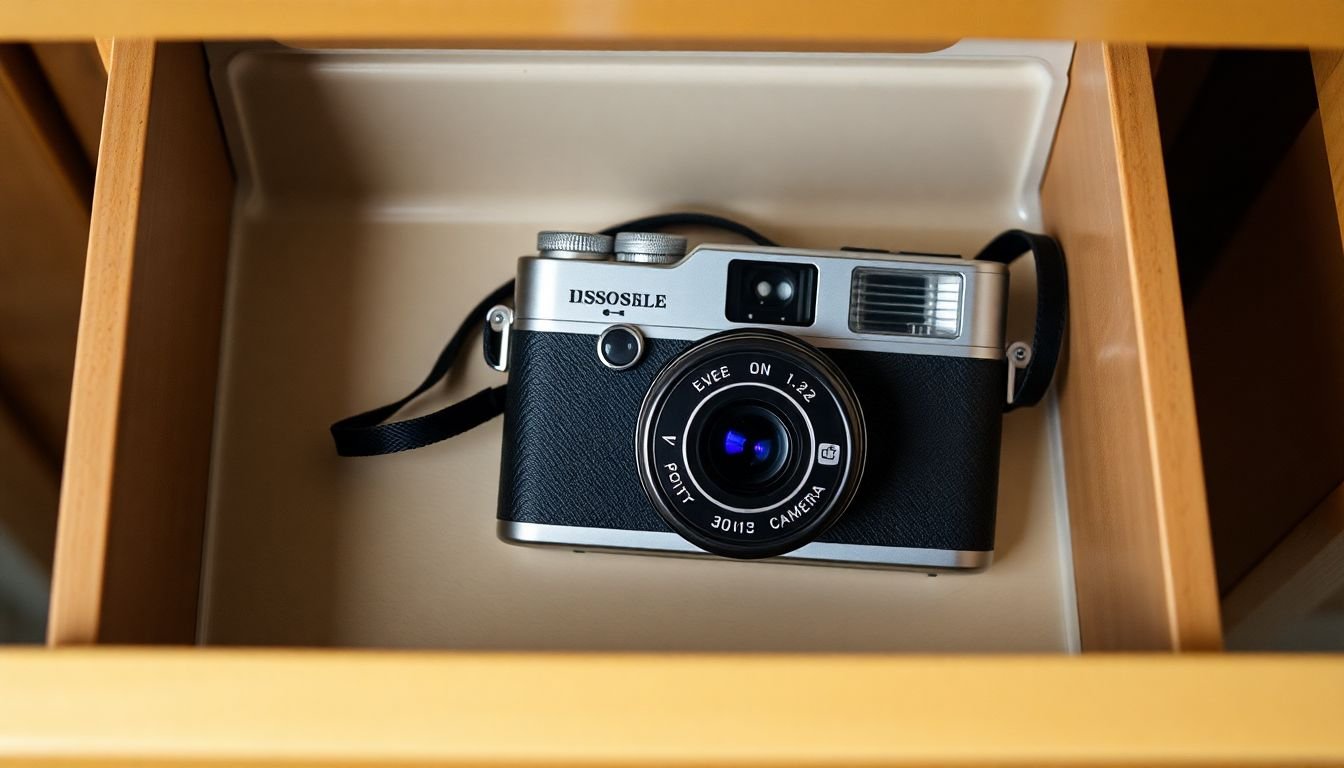
Disposable cameras have recently made a significant comeback, driven by a desire for nostalgia and simplicity. In a world full of smartphones and digital devices, the charm of having a physical roll of film to develop is something that many people appreciate.
However, one of the downsides of these old-school cameras is that their battery life can sometimes limit their usefulness, especially those with built-in flash. If you want to capture every special moment without running out of power, learning to maximize your disposable camera’s battery life is essential.
There are two main types of disposable cameras: flash and non-flash. Flash cameras, as the name suggests, include a built-in flash that consumes battery power. Non-flash cameras, on the other hand, don’t need batteries at all.
The camera’s battery is usually small and compact, hidden inside the camera body, and only powers the flash. So, if you’re using a disposable camera with a flash, understanding how the battery works can help you get the most out of your shots.
For a camera that already has limited shots, battery life can be a critical factor. If your battery dies before you finish your roll of film, you’ll be left with underexposed or missed shots. Since the flash is integral to shooting in low-light conditions, preserving battery life means maximizing your camera’s capabilities.
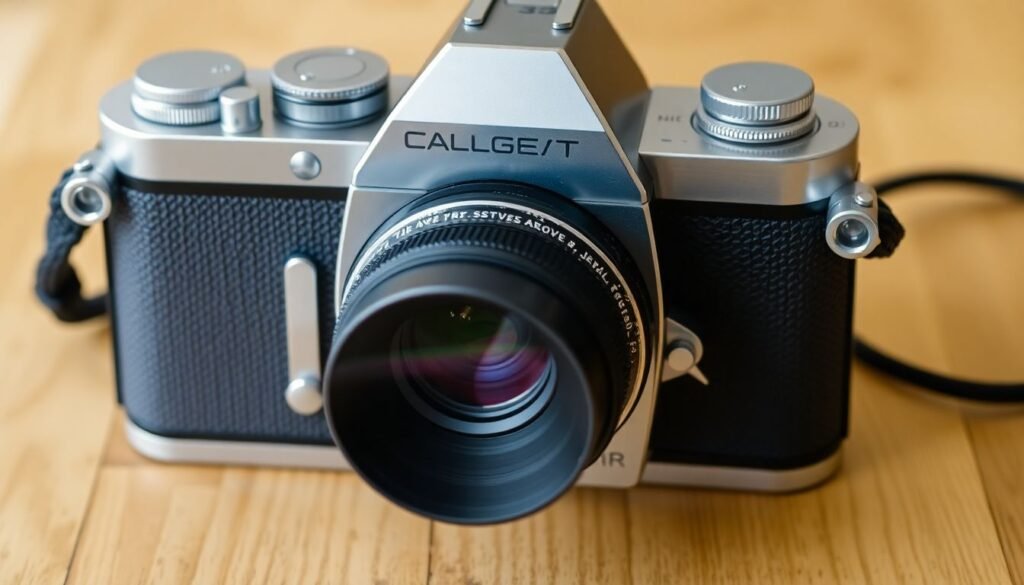
When you press the button to take a photo using the flash, the battery powers up a small capacitor inside the camera. This capacitor stores the energy required to generate the flash. Once the flash is triggered, the battery recharges the capacitor for the next use. Because this process repeats with each flash photo, battery life is gradually drained with every shot.
The battery in a disposable camera is usually non-replaceable. It is pre-installed and designed to last for the full duration of the camera’s film roll, typically 24-27 shots.
However, the battery can sometimes run out early if you take a lot of flash photos, or if the camera has been sitting unused for too long before being used.
It’s important to recognize when your disposable camera’s battery is on its last leg. Common signs include:
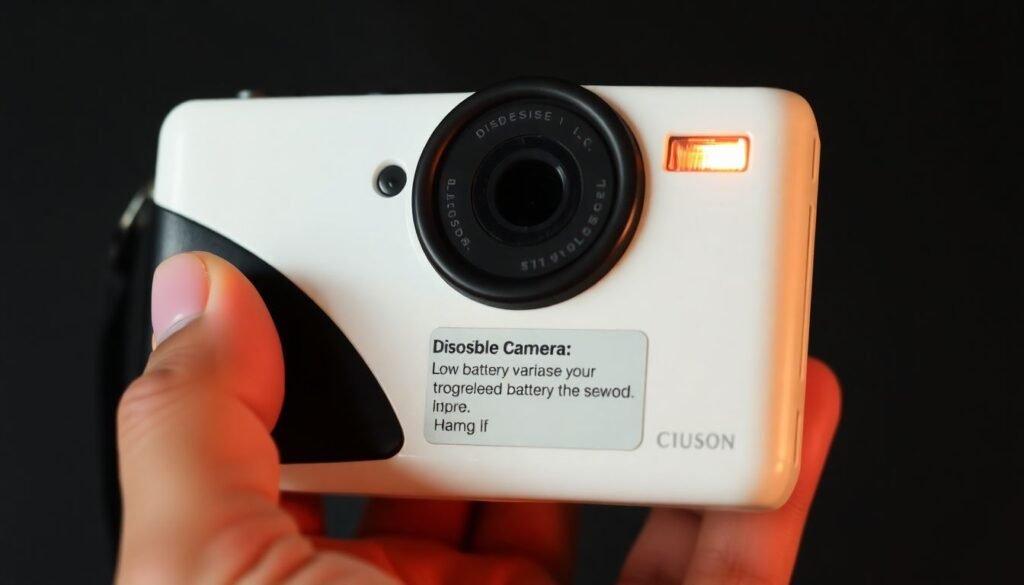
The biggest battery drain in disposable cameras comes from overusing the flash. Whenever possible, shoot in natural light to conserve power. The more you rely on the flash, the quicker the battery will die.
If you don’t plan on using the camera right away, store it in a cool, dry place. Batteries drain faster in high temperatures and humidity. Storing your camera at room temperature will help extend its battery life.
Some modern disposable cameras come with minor additional features, like digital counters or timers. If your camera includes any such extras, avoid using them to save battery power.
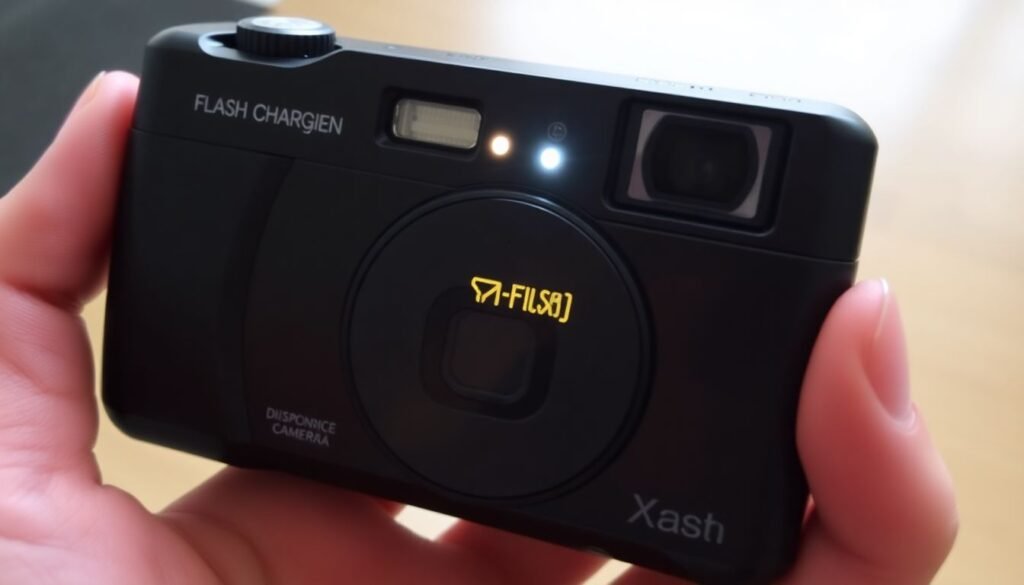
Indoors or in low-light conditions, using the flash is necessary. However, if you’re outdoors during daylight hours, you can often skip the flash altogether. This reduces the strain on your camera’s battery and helps prolong its lifespan.
When shooting outdoors, position your subject so that they face the light. This can eliminate the need for flash and ensure your pictures turn out well-lit, even without extra power consumption.
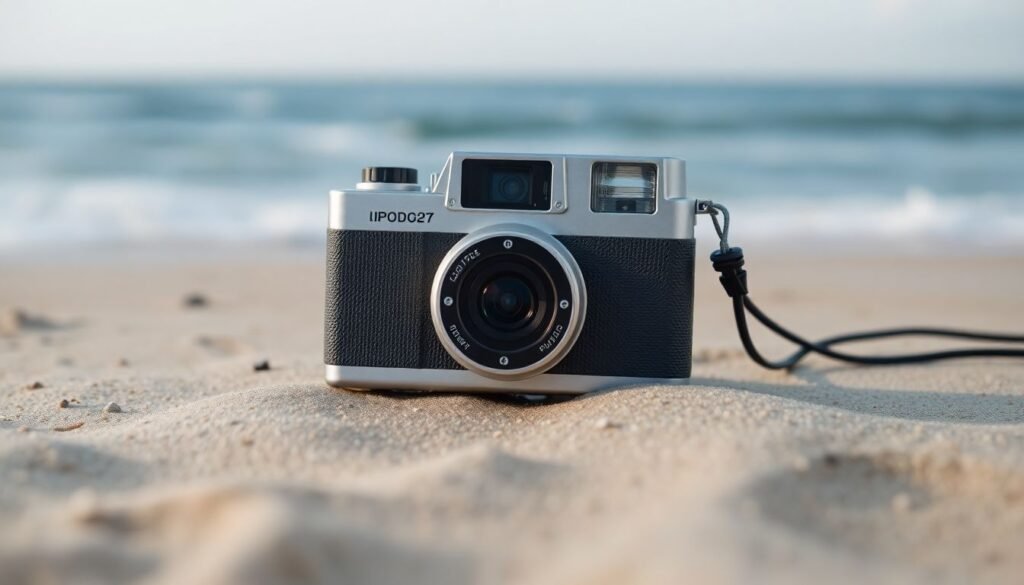
It’s tempting to keep checking whether the flash is charged or ready, but this drains the battery. Limiting how often you activate the flash indicator and being intentional about your shots will help conserve energy.
At events, it’s easy to snap away without thinking, but try to be mindful of how you use the flash. If you know you’re in a well-lit area, resist the urge to click the flash button.
Not all disposable cameras are built the same. Some models are specifically designed to consume less battery power. If you’re planning to take many flash photos, invest in a camera with a longer-lasting battery or look for cameras with energy-efficient flash mechanisms.
If you’re shooting in environments where flash isn’t necessary, such as sunny outdoor locations, opting for a non-flash model can eliminate battery concerns altogether.
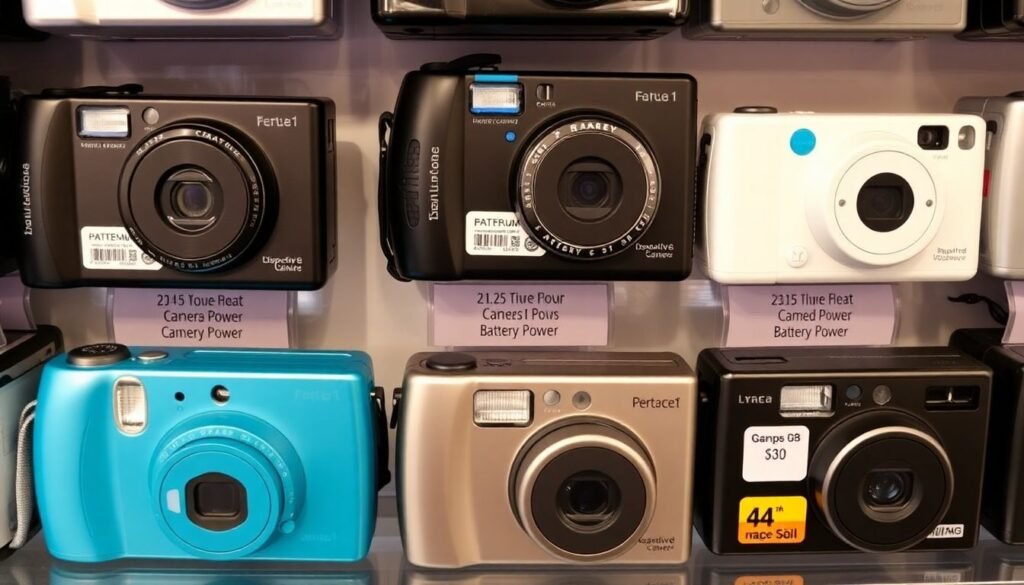
Batteries in disposable cameras are typically single-use and can contribute to environmental waste. Be mindful of this and try to recycle the cameras properly. Some film developers offer recycling options for both the camera and its battery.
Consider eco-friendly alternatives like reusable film cameras. These give you the same retro experience but allow for rechargeable batteries, reducing environmental impact over time.
If your battery dies mid-use, there’s not much you can do. But if you’re still determined to finish the roll, try shooting in well-lit conditions to avoid using the flash. This can sometimes stretch the last bit of battery life for a few more shots.
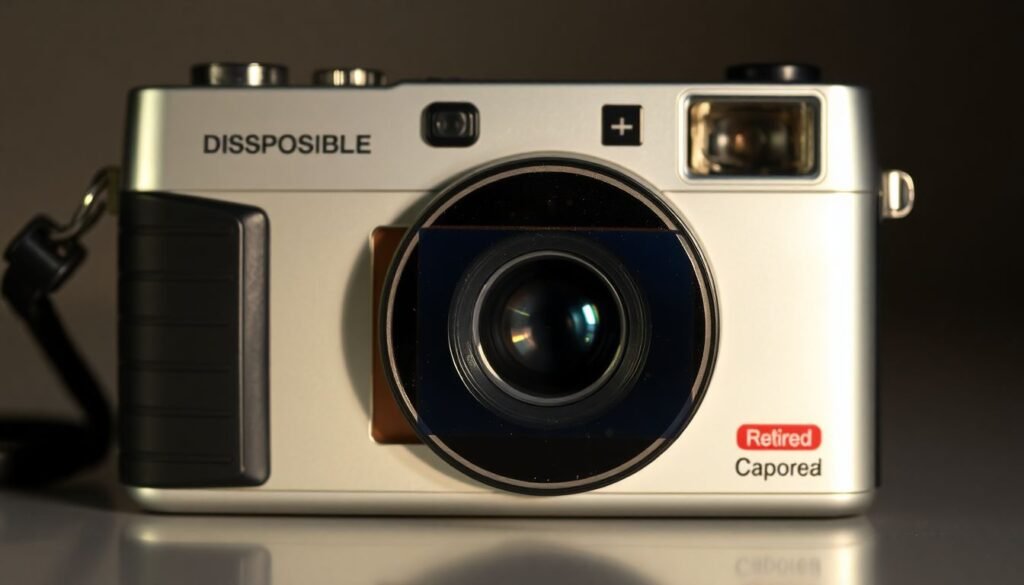
Most disposable cameras are built to last for 24-27 shots, with the battery providing enough power for the full roll if used sparingly. However, excessive flash use may reduce the number of shots you get.
If the flash no longer charges or photos appear underexposed, it’s a sign that the battery is dead. At this point, it’s time to retire the camera and develop your film.
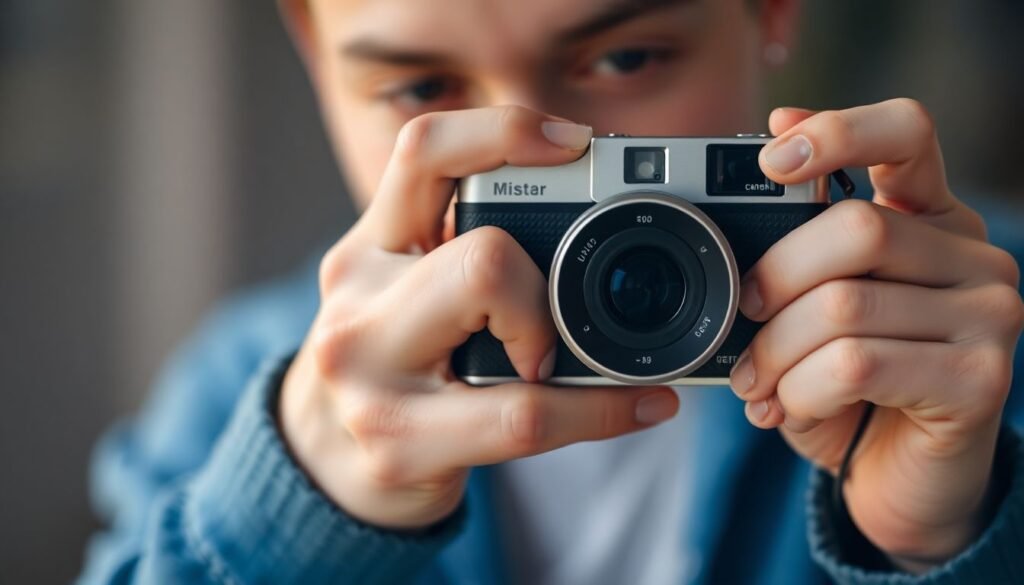
By storing your camera properly, avoiding overuse of the flash, and being mindful of when and how you shoot, you can extend the life of your disposable camera. A little care goes a long way in ensuring you capture every important moment before the battery runs out.
Disposable cameras offer a fun and nostalgic way to capture memories, but their limited battery life means you need to be strategic in how you use them. By following the tips outlined in this guide, you can maximize the battery life of your disposable camera and ensure that you capture every shot without running out of power.
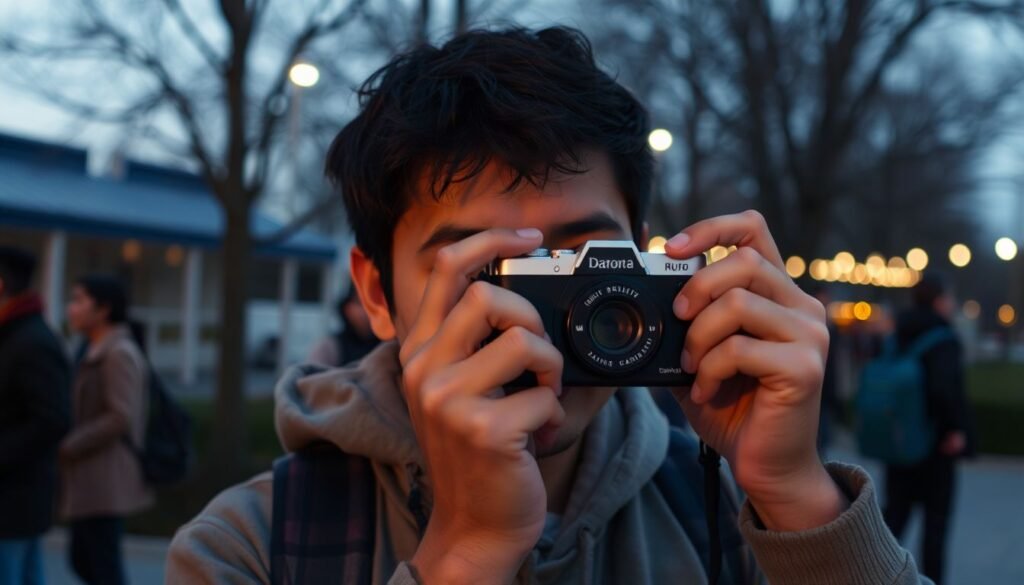
How long does the battery last in a disposable camera?
Can I replace the battery in my disposable camera?
How do I know if my disposable camera’s battery is dying?
Does storing my camera in hot temperatures affect battery life?
Can I use a disposable camera without the flash?